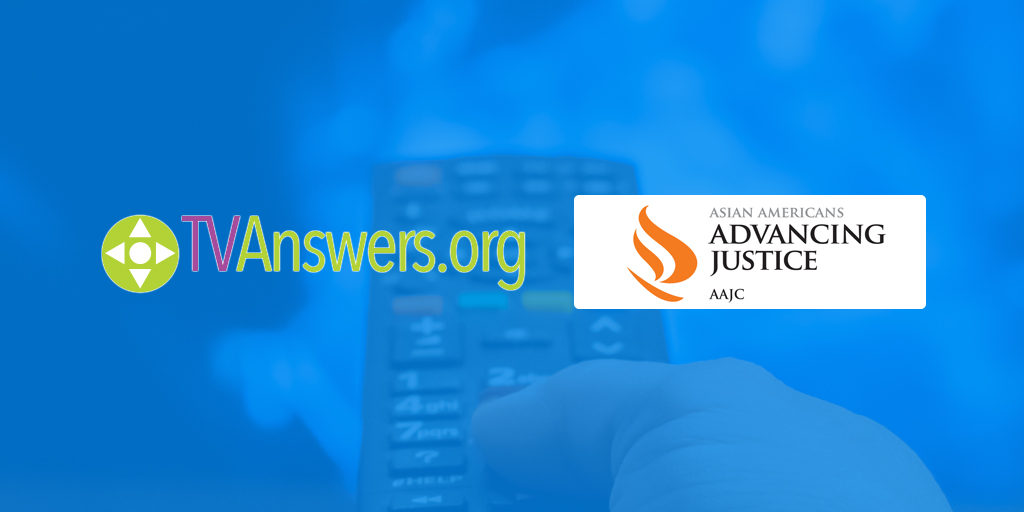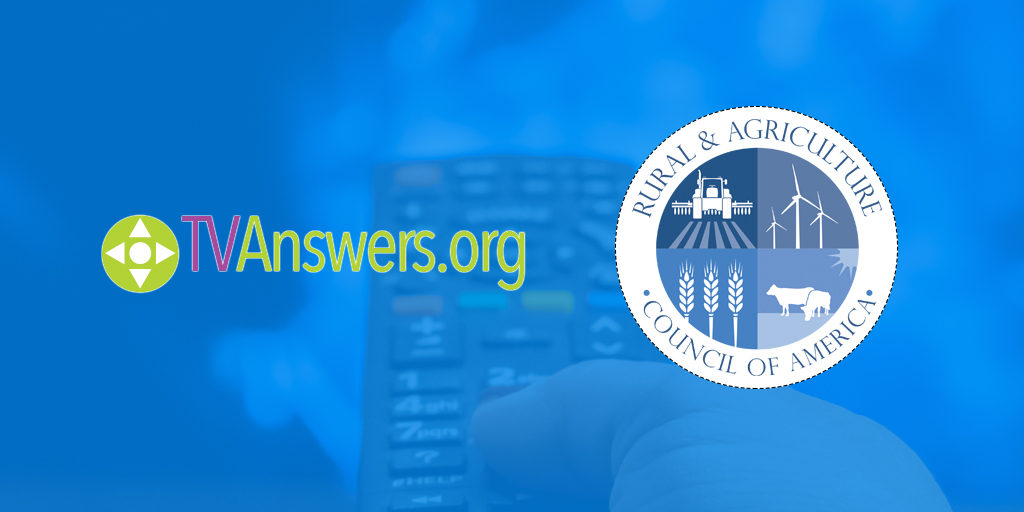More than half of all TV stations in the United States will move frequencies now through 2020. If you use an antenna to access free, over-the-air television, head over to TVAnswers.org to find out when stations in your area are moving, help spread the word and sign up for text and email alerts. Happy Halloween! Before you trick-or-treat, avoid the fright of losing over-the-air channels and make a #PlanToRescan. Here’s a rundown of stations expected to move frequencies over the next week. Be sure to follow us on Facebook and Twitter for updates. October 29 KTNV (Las Vegas, Nevada) –
Continue ReadingMonth: October 2018
Preparing Our Communities For Changes In TV
By Koustubh “K.J.” Bagchi As technology continues to be a necessity, it is more vital than ever that communities have digital access. Asian American, Pacific Islander and Native Hawaiian (AANHPI) communities significantly depend on over-the-air television to provide the news, community information and entertainment they seek. Broadcast television is meeting the needs of diverse audiences by offering community-focused programming in a variety of languages. For example, San Francisco’s KTSF-TV reaches more than 1.4 million Asian Americans, providing programs that include nightly live news, weather, sports and public affairs programming in English, Cantonese, Mandarin, Vietnamese, Hindi, Farsi and more. Because many
Continue ReadingWhat’s So Great About Free TV?
As stations across the country are moving to new frequencies, there’s been a lot of talk about free TV. What is it and how can you get it? It’s easier than you might think, and more than 72 million Americans are already taking advantage of it. Your local broadcast station signals are free to anyone with an over-the-air antenna. We’re not talking about your grandfather’s rabbit ears – you know the ones with tin foil at the top. Today’s TV antennas are sleek, powerful and affordably priced, especially when you compare them to the monthly fees some cable and satellite
Continue ReadingEnsuring Rural America is Connected to Lifeline Information
By Chris Skorupa More than 46 million people live in rural America, encompassing 72 percent of our country’s land area. To these communities, local radio and television stations are part of their everyday lives, providing lifesaving information during emergencies and keeping residents connected to their local news, weather, sports, entertainment and each other. Americans who live in rural areas depend on their local broadcasters at greater levels than the general population. For example, more than 25 percent of households in Missoula, Montana, and 30 percent of households in Fairbanks, Alaska, rely exclusively on free, over-the-air TV and do not subscribe
Continue Reading


